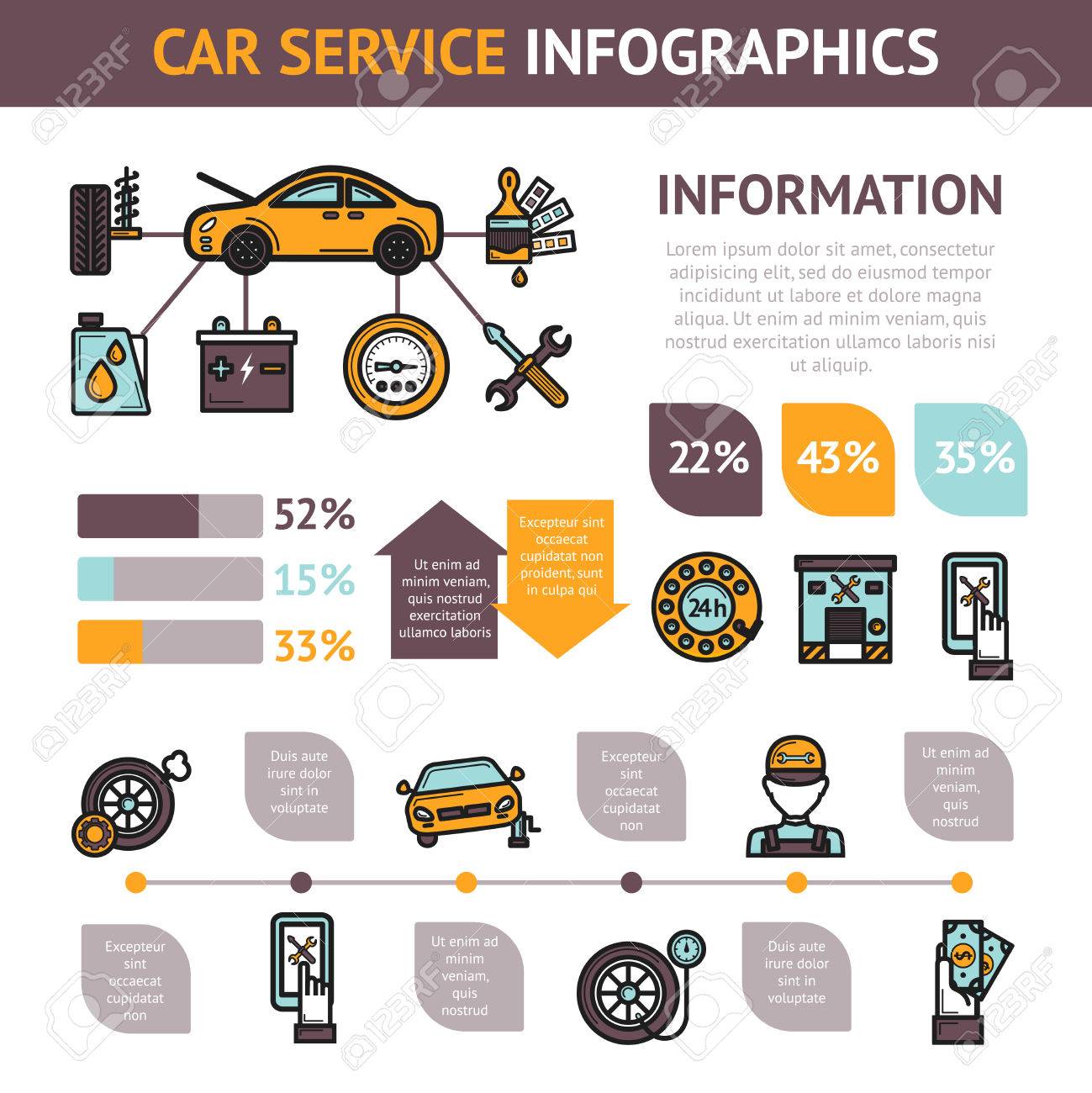An Introductory Overview To Decoding Your Vehicle'S Caution Indicators
An Introductory Overview To Decoding Your Vehicle'S Caution Indicators
Blog Article
Created By-Gunter Isaksen
When you're behind the wheel, those little caution lights on your auto's control panel can be quite perplexing. What do they suggest, and should you be worried? Comprehending these signals is essential for your lorry's wellness, however it doesn't need to be a challenging task. By decoding the mystery behind each light, you'll be furnished to deal with potential problems properly and maintain your auto running efficiently. So, following time a warning light flashes, do not panic - arm yourself with knowledge and take control of the circumstance.
Importance of Auto Warning Lights
Recognizing the relevance of your car's caution lights is crucial for keeping your lorry's health and wellness. These lights act as your car's interaction system, alerting you to prospective issues that might endanger your safety when driving or cause costly repair work if overlooked. By focusing on these cautions, you can address troubles early and avoid further damage to your vehicle.
Disregarding warning lights can result in major consequences, such as engine failing, brake breakdowns, and even accidents. These lights are created to inform you of concerns ranging from reduced tire pressure to engine malfunctions, offering you the chance to do something about it prior to the situation intensifies. Consistently checking and understanding these cautions can save you time, money, and guarantee your safety and security while driving.
Along with maintaining you risk-free, responding promptly to alerting lights can also help extend the life expectancy of your vehicle. By resolving problems beforehand, you can avoid small troubles from escalating right into significant fixings, eventually conserving you time and money in the future. Bear in mind, your cars and truck's caution lights are there for a reason - do not ignore them!
Common Caution Lights and Meanings
When it comes to driving your vehicle, being aware of common caution lights and their definitions is crucial for your safety and vehicle upkeep. Here are a few usual caution lights you might come across:
1. ** Check Engine Light **: This light suggests a concern with your engine. It could be something small like a loose gas cap or something extra major like engine misfiring.
2. ** Battery Light **: This light signals a trouble with your auto's billing system. It might suggest a faulty battery, generator, or various other relevant elements.
3. ** Oil Pressure Light **: When this light begins, it indicates your engine may be running low on oil or experiencing low oil pressure, which can cause engine damage if not resolved without delay.
4. ** Brake System Light **: This light shows an issue with your braking system. ase certified mechanic could indicate low brake liquid levels or a trouble with the brake system that requires prompt attention.
Understanding these common warning lights will aid you recognize prospective issues at an early stage and prevent more substantial problems in the future.
Exactly how to Reply To Caution Lights
In case a warning light brightens on your auto's dashboard, it's critical to respond quickly and suitably. When a warning light comes on, the initial step is to consult your owner's manual to recognize the details issue indicated by the light.
Some lights require instant interest, while others might indicate a less immediate issue. If brake line repair cost is red or blinking, it's commonly an indicator of a major trouble that requires instant action. In such cases, it's recommended to pull over securely, switch off the engine, and seek professional help.
For yellow or orange warning lights, while they may not call for instant attention, it's still important to attend to the underlying concern promptly to prevent additional damages. Regular maintenance and evaluation can aid prevent cautioning lights from beginning unexpectedly.
Conclusion
To conclude, comprehending your cars and truck's warning lights is critical for maintaining your car's health and safety. By consistently examining and reacting to these warnings, you can address potential problems early and stop pricey repairs or safety and security risks. Keep in https://www.wral.com/wake-tech-opens-state-art-facility-train-students-auto-repair-careers/20233976/ to consult your owner's manual for details on different warning lights and constantly take instant activity for red or flashing lights. Stay positive and maintain your cars and truck running smoothly!
